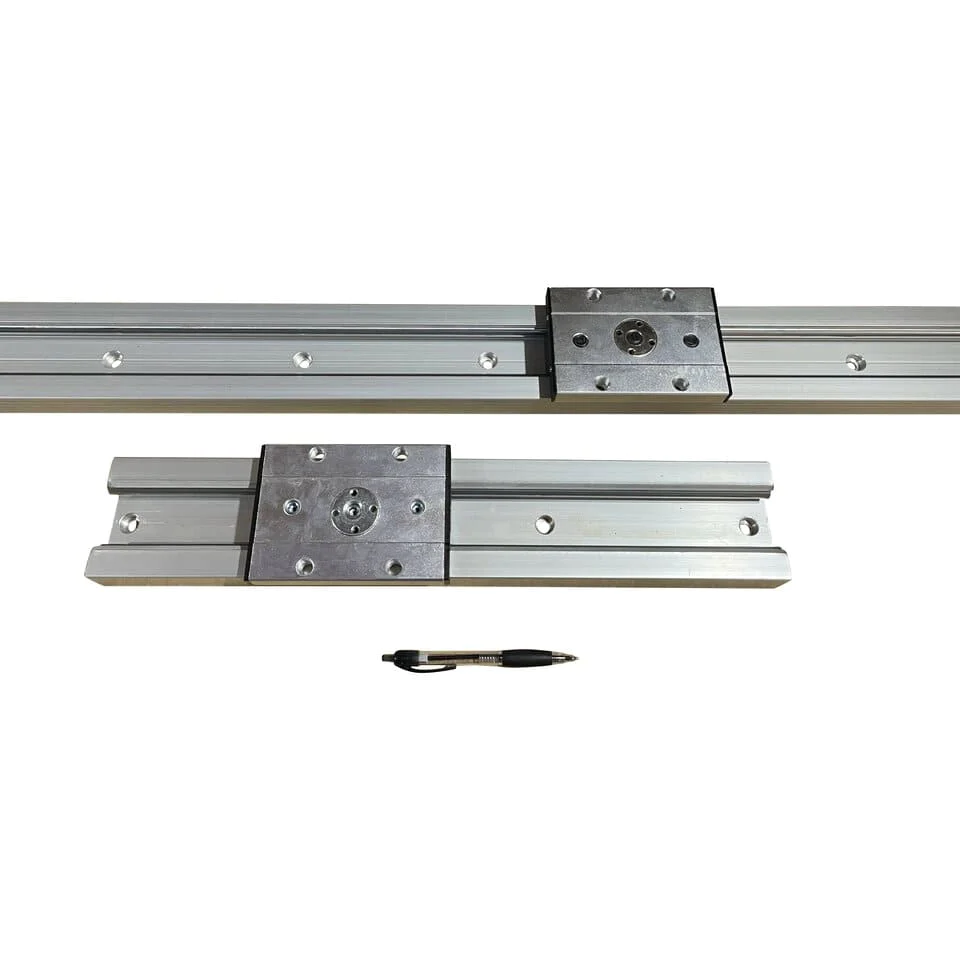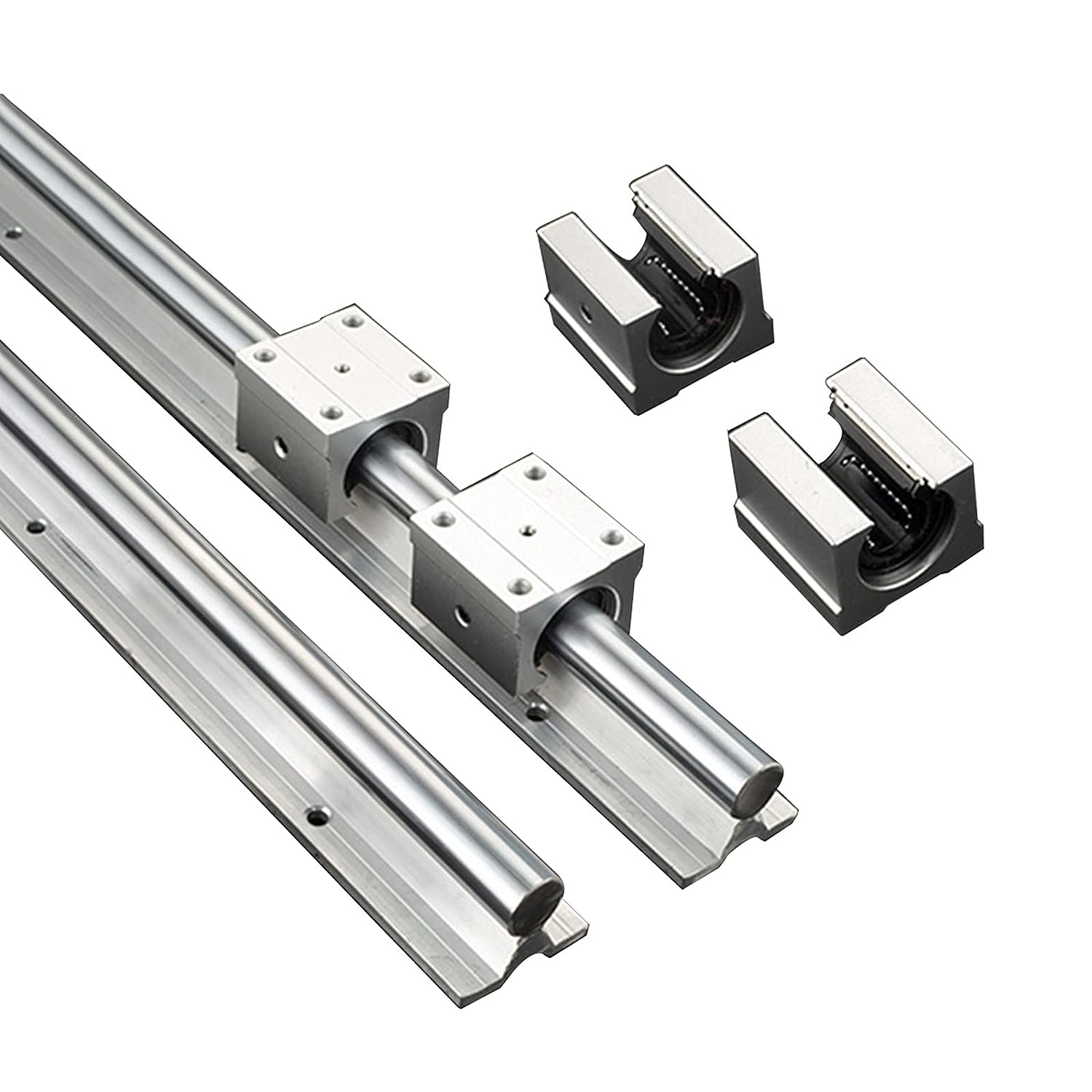Product Description
I have all the models you need, these are just some of them, please contact us now
| MODEL NO. | OUTER DIAMETER | DIAMETER TOLERANCE | LENGTH | DEPTH OF EFFECTIVE HARDENED LAYER | WEIGHT(kg/m) | |
| g6 | h6 | |||||
| SF6 | 6 | -0.004 -0.012 |
0 -0.008 |
100-2000 | >0.8 | 0.22 |
| SF8 | 8 | -0.005 -0.014 |
0 -0.009 |
100-2000 | 0.40 | |
| SF10 | 10 | -0.005 -0.014 |
0 -0.009 |
100-2000 | >1.0 | 0.62 |
| SF12 | 12 | -0.006 -0.017 |
0 -0.011 |
100-3000 | 0.89 | |
| SF13 | 13 | 100-3500 | 1.04 | |||
| SF16 | 16 | 100-4000 | >1.5 | 1.58 | ||
| SF20 | 20 | -0.007 -0.571 |
0 -0.013 |
100-6000 | 2.47 | |
| SF25 | 25 | 3.85 | ||||
| SF30 | 30 | >2.0 | 5.55 | |||
| SF35 | 35 | -0.009 -0.571 |
0 -0.016 |
7.55 | ||
| SF40 | 40 | >2.5 | 9.87 | |||
| SF50 | 50 | 15.4 | ||||
/* January 22, 2571 19:08:37 */!function(){function s(e,r){var a,o={};try{e&&e.split(“,”).forEach(function(e,t){e&&(a=e.match(/(.*?):(.*)$/))&&1
| Feature: | Corrosion Resistant, High Temperature, High Speed |
|---|---|
| Function: | Ordinary |
| Flange Shape: | Cutting-Edge |
| Shape: | Straight |
| Series: | LM |
| Material: | Bearing Steel |
| Samples: |
US$ 3/Piece
1 Piece(Min.Order) | |
|---|
| Customization: |
Available
|
|
|---|

Are there specific considerations for choosing linear rails in applications with varying environmental conditions or precision requirements?
Yes, specific considerations come into play when choosing linear rails for applications with varying environmental conditions or precision requirements. These considerations ensure that the selected linear rail system is well-suited to the specific challenges and demands of the application. Here are key factors to consider:
Environmental Conditions:
- Temperature: In environments with extreme temperatures, the linear rail materials and coatings must withstand thermal expansion or contraction. High-temperature environments may require materials with enhanced heat resistance, while low-temperature settings may demand materials that remain durable and flexible in cold conditions.
- Corrosion Resistance: For applications in corrosive environments, such as those with exposure to moisture or chemicals, choosing corrosion-resistant materials or coatings is crucial. Stainless steel or specialized coatings can protect against corrosion and extend the lifespan of the linear rail.
- Contaminant Resistance: Environments with dust, debris, or other contaminants require linear rails with effective sealing mechanisms. Sealed or covered linear rail systems prevent the ingress of contaminants, preserving the integrity of the system and ensuring reliable performance.
Precision Requirements:
- Accuracy and Repeatability: Applications demanding high precision, such as in CNC machining or optical systems, require linear rails with superior accuracy and repeatability. Choosing rails with tight tolerances, precision-ground surfaces, and advanced manufacturing processes ensures consistent and reliable linear motion.
- Load Capacity: Precision applications may have stringent load requirements. Selecting linear rails with the appropriate load-bearing capacity ensures that the system can handle the specific loads without compromising precision or accuracy.
- Smooth Operation: Precision linear motion often requires smooth and quiet operation. Rails with anti-friction coatings, self-lubricating properties, or advanced bearing technologies contribute to smooth and silent linear movement, meeting the demands of precision applications.
It’s essential to thoroughly evaluate the environmental conditions and precision requirements of the application before selecting linear rails. Collaborating with experienced suppliers or manufacturers can provide valuable insights and assistance in choosing the most suitable linear rail system that meets the specific challenges posed by varying environmental conditions and precision standards.

What is the impact of proper installation and maintenance on the performance and lifespan of linear rails?
The proper installation and maintenance of linear rails have a significant impact on their performance and lifespan. Here’s how:
Proper Installation:
- Alignment: Correct alignment during installation is crucial for the optimal performance of linear rails. Misalignment can lead to increased friction, wear, and decreased accuracy. Proper alignment ensures smooth and precise linear motion.
- Lubrication: Adequate lubrication is essential to reduce friction between the rail and carriage, preventing premature wear. Proper lubrication during installation sets the foundation for sustained performance and longevity.
- Tightening: Proper tightening of bolts and fasteners during installation ensures the stability and rigidity of the linear rail system. Loose connections can lead to vibrations, affecting accuracy and potentially causing damage over time.
Maintenance:
- Regular Inspection: Periodic inspections allow for the early detection of issues such as wear, misalignment, or contamination. Timely identification of problems enables corrective measures to be taken before they escalate.
- Cleaning: Keeping linear rails clean from debris and contaminants is essential for preventing damage and maintaining smooth motion. Regular cleaning, especially in industrial environments, contributes to the longevity of the system.
- Lubrication Maintenance: Continuous lubrication maintenance is crucial for reducing friction and preventing premature wear. Regularly checking and replenishing lubricants help ensure optimal performance over the lifespan of the linear rails.
Proper installation and proactive maintenance contribute to the overall reliability, accuracy, and longevity of linear rails. Neglecting these aspects can result in decreased performance, increased wear, and a shorter lifespan of the linear motion system.

What are linear rails, and how are they used in linear motion systems?
Linear rails, also known as linear guides or linear slides, are mechanical components used in linear motion systems to facilitate smooth and precise movement along a straight path. They typically consist of a rail and a carriage. The rail is a long, rigid structure with a specially designed profile, while the carriage is mounted on the rail and holds the load to be moved.
Linear rails are widely used in various applications, including manufacturing machinery, robotics, 3D printers, and automated systems. They provide guidance and support to the moving components, minimizing friction and ensuring accurate and repeatable motion. The design of linear rails allows for high load-carrying capacity and can accommodate different types of loads, such as radial or axial loads.
Linear motion systems incorporating linear rails offer advantages such as improved precision, reduced wear and tear, and increased efficiency in comparison to traditional sliding mechanisms. The choice of linear rails depends on factors such as load capacity, speed, accuracy requirements, and environmental conditions in the specific application.


editor by Dream 2024-05-03